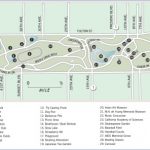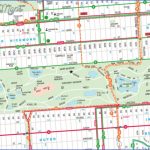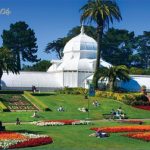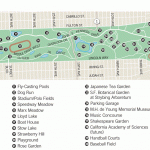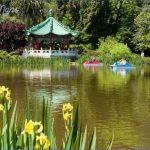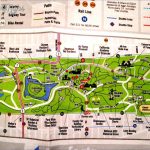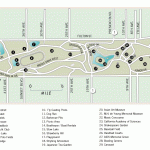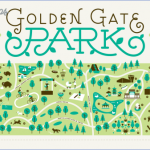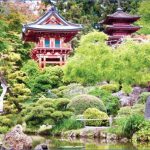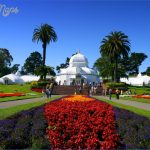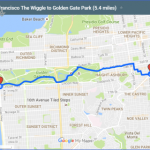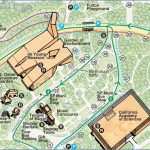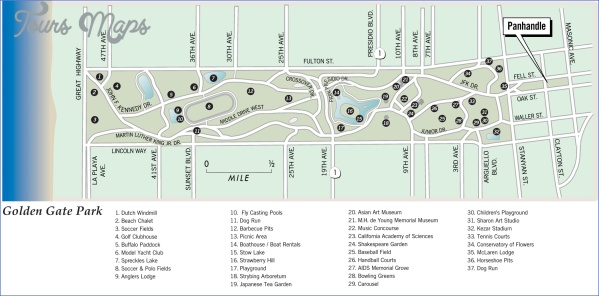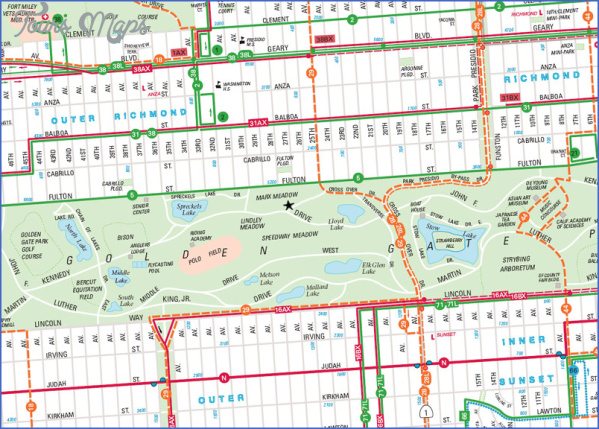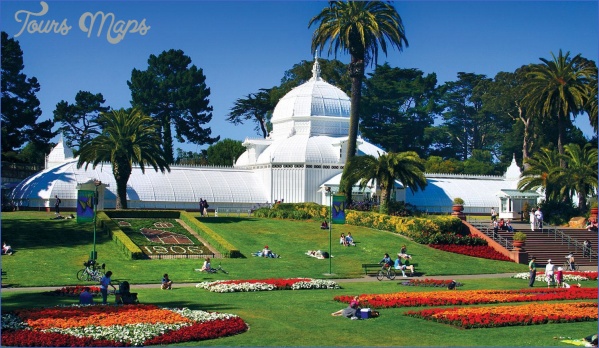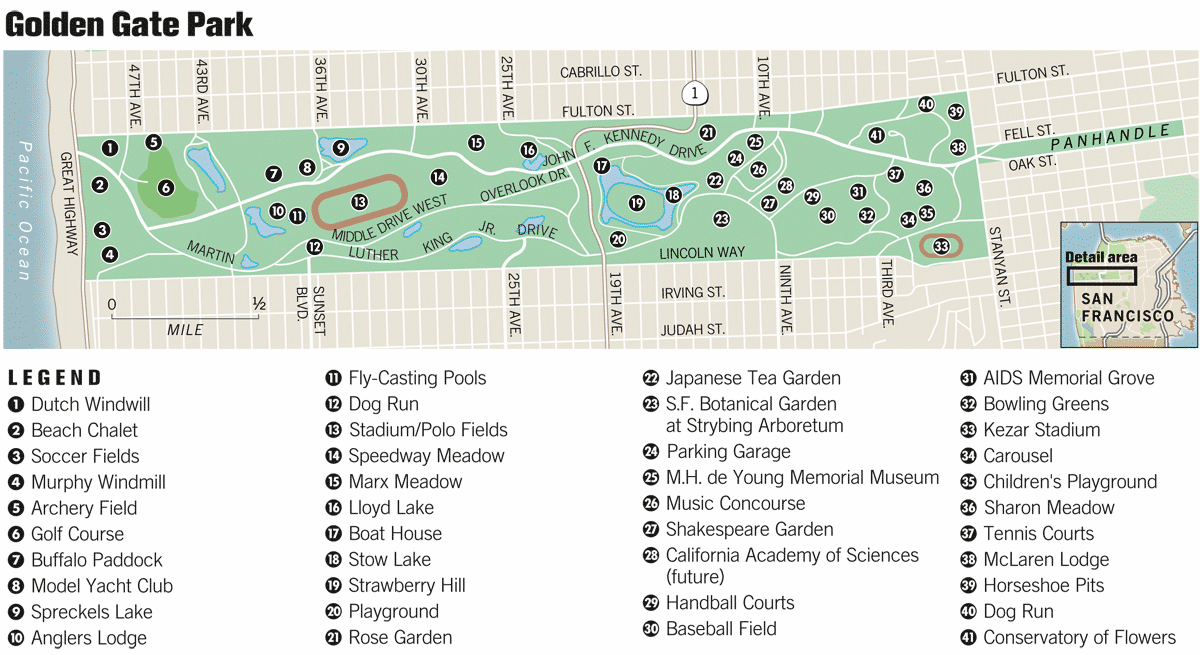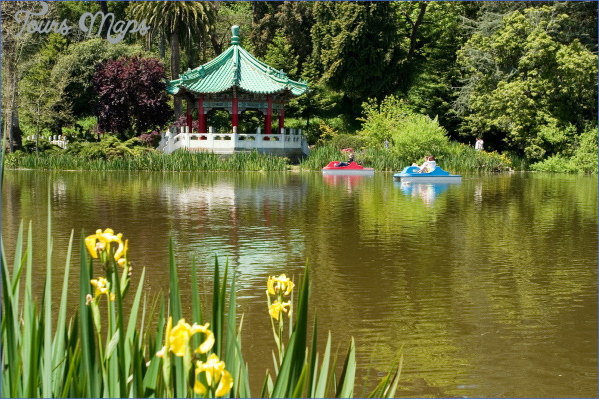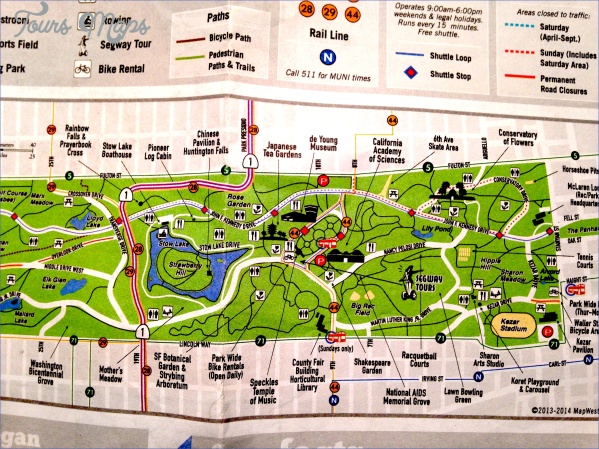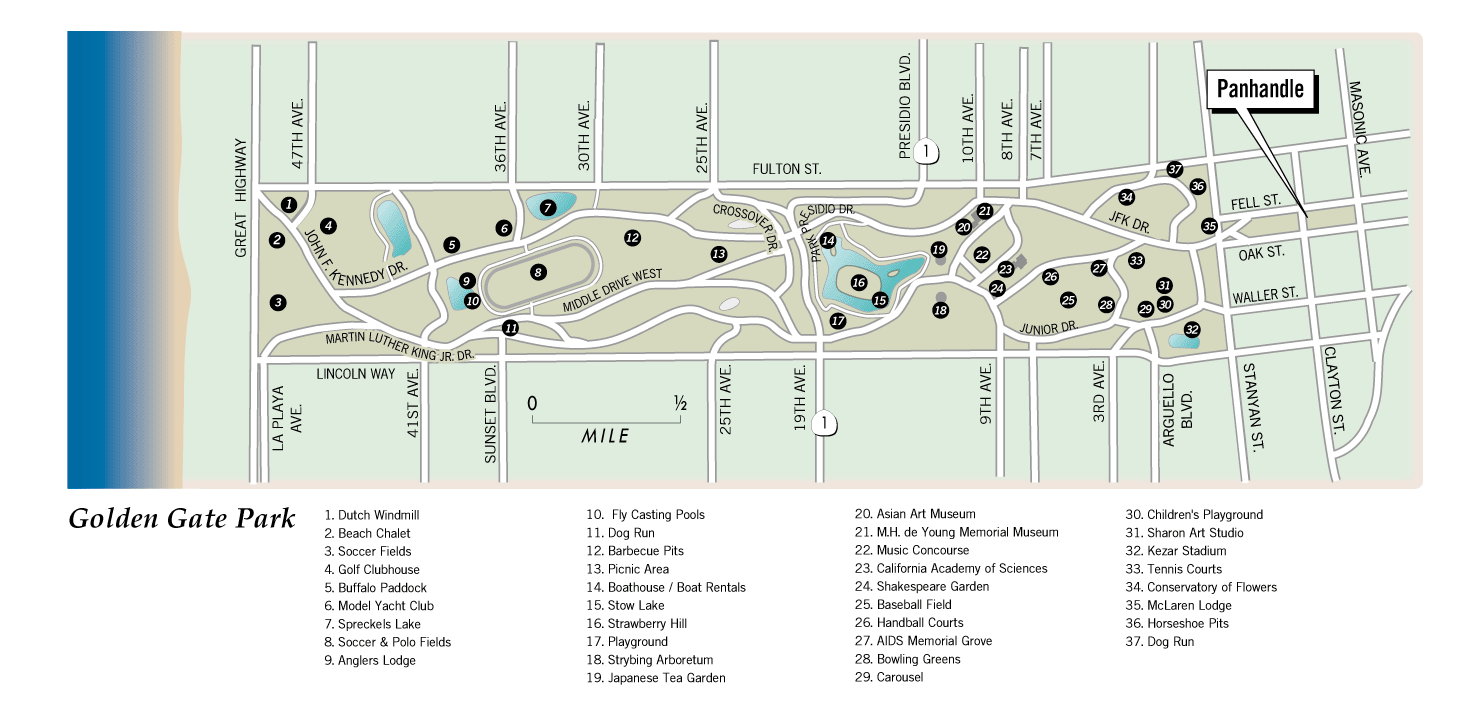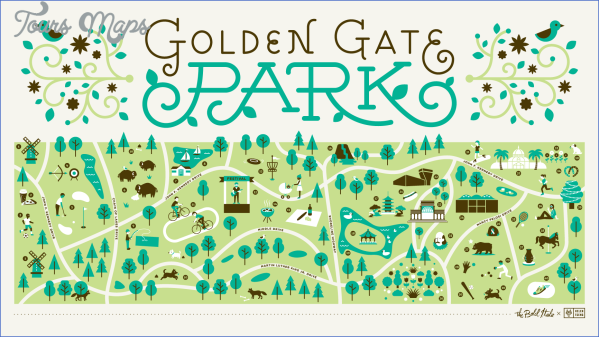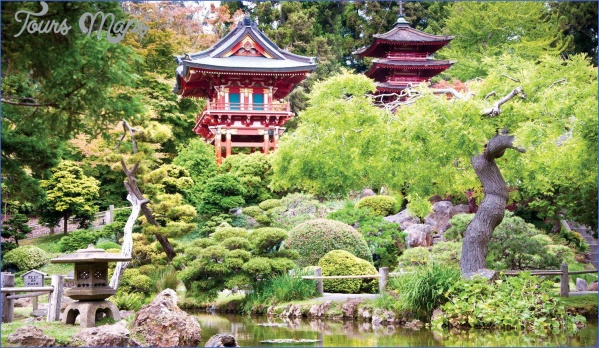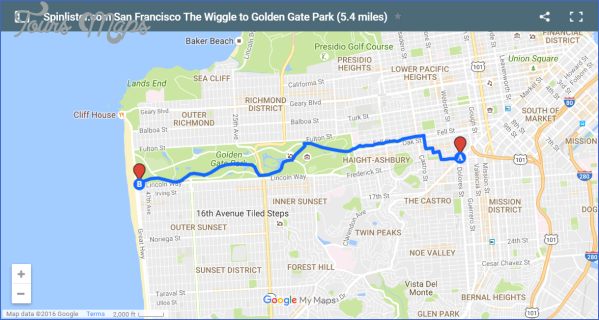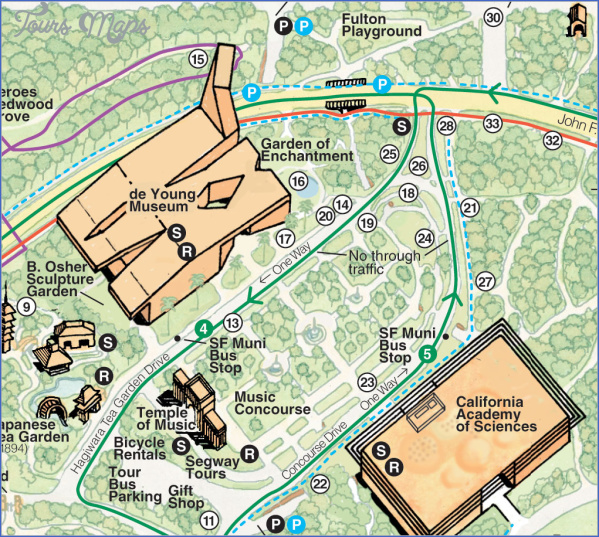What’s Best: Museums, gardens, arboretums, fountains parks within a park all in one of the world’s most renowned urban playgrounds.
Parking:From Highway 1, which is 19th Ave, turn east on Lincoln Ave. From Lincoln, veer left after 4th St. on Kezar Dr. and park at John F. Kennedy Dr, near McLaren Lodge. Notes: Going south on 19th Ave, you can’t turn left on Lincoln; pass Lincoln, turn right on Irving St. and double back to cross 19th on Lincoln. To only visit the museums and gardens: Turn east off 19th Ave. on Martin Luther King Dr. and park near Friend Gate. Parts of Kennedy are blocked off to traffic on Sundays. Agency: San Francisco Recreation and Park Department
Walk: Golden Gate Park East loop (3.5 ml.)
Once windswept sand dunes extending several miles inland, Golden Gate Park was first surveyed by William Hammond Hall in 1876. In 1887, and for the next 50 years, John McLaren was the park’s superintendent, and most of what we see today is a tribute to his skill in landscape design and love of nature. This get-acquainted loop takes you everywhere in the 400-acre east end, which features most of the park’s developed gardens, museums and other man-made attractions.
For the Golden Gate Park east loop, start at park headquarters, McLaren Lodge. This Moorish-Gothic structure, built in 1896, was once McLaren’s home. From there, follow a multi-use path heading south to the Alvord Bridge. Drop down through the tunnel. You’ll then pass through Mothers Meadow and reach Childrens Playground, which has been delighting kids since the ’06 quake. Check out the merry-go-round at the west end of the playground originally built in 1912 and usually open from September through May. Then head past the lawn bowling area on Bowling Green Drive.
GOLDEN GATE PARK MAP SAN FRANCISCO Photo Gallery
Go left down a path into AIDS Memorial Grove. This gentle .25-mile path through the dell, surrounded by redwoods and tree ferns up to 20 feet high and a 100 years old, might leave you speaking in hush tones. In 1996, Congress conferred national status on the grove, as a gathering place for people touched by AIDS to heal, hope, and remember. Take the path out the end of the grove, coming to Middle East Drive, behind the California Academy of Science. Note: For a shorter loop, walk to the right, around to the main entrance to the academy and into the Music Concourse, the large open area with the fountains.
To your left behind the academy building is the Shakespeare Garden, the perfect setting for a wedding. Go left through the garden and then left again on Martin Luther King Drive. After a short distance, turn right into the Strybing Arboretum & Botanical Gardens. These 55 acres support some 7,000 species of plants from around the world that thrive in San Francisco’s Mediterranean climate. An admission is charged for non-residents, with discounts for children and seniors. The gardens and arboretum were established in 1940. Go straight, across the main lawn, passing a fountain and crossing a footbridge and the Wildfowl Pond to exit onto Martin Luther King Drive via the Friend Gate.
Go left from Friend Gate and then make your way up an embankment to Stow Lake. A multi-use path, encircles the lake and the large island which is its center. Cross Rustic Bridge, erected in 1893 and take a left toward the red-roofed Chinese Pavilion, a gift frm the City of Taipei. As you circle the island, head up the steep path paralleling Huntington Falls for a nice view. Returning down, you can walk across the Roman Bridge on the other side and continue around the lake’s perimeter. On the north end is a boathouse which provides paddle boat and bicycle rentals. Park yourself on one of the many green benches for some quiet contemplation; the ducks will keep you company. More
Stuff: The Rose Garden is to your left, across John F. Kennedy Drive as you leave the east end of Stow Lake; it contains 53 beds of spectacular roses.
Leaving the east end of Stow Lake, descend stairs, and continue to the fiveacre Japanese Tea Garden. Estabished in 1901, its ornate gardens, designed to create a Japanese village atmosphere, feature a large bronze Buddha, cast in Japan in 1790, and a 9,000-pound Lantern of Peace. Throw a penny and make a wish atop the steeply curved drum bridge. The shady tea house terrace is a good place to recharge with cup of jasmine tea and a sesame cookie. No admission charged on the first Wednesday of every month.
To your left as you exit the Tea Garden is the M.H. de YOung Museum which offers major traveling exhibits, as well as American work spanning centuries and fine art from around the globe. The de Young improved continuously since its beginning in 1895. It was razed and rebuilt in around 2005. No admission is chargedto visit the huge gift shop or to take an elevator to the top of the musuem’s twisting tower. Statuary surrounds the building.
Maybe You Like Them Too
- Arnold A Town with a Heart
- Map of New York City – New York City Guide And Statistics
- Map of San Francisco – San Francisco Map Free
- Coolest Countries in the World to Visit
- The 10 Best American National Parks to Visit

